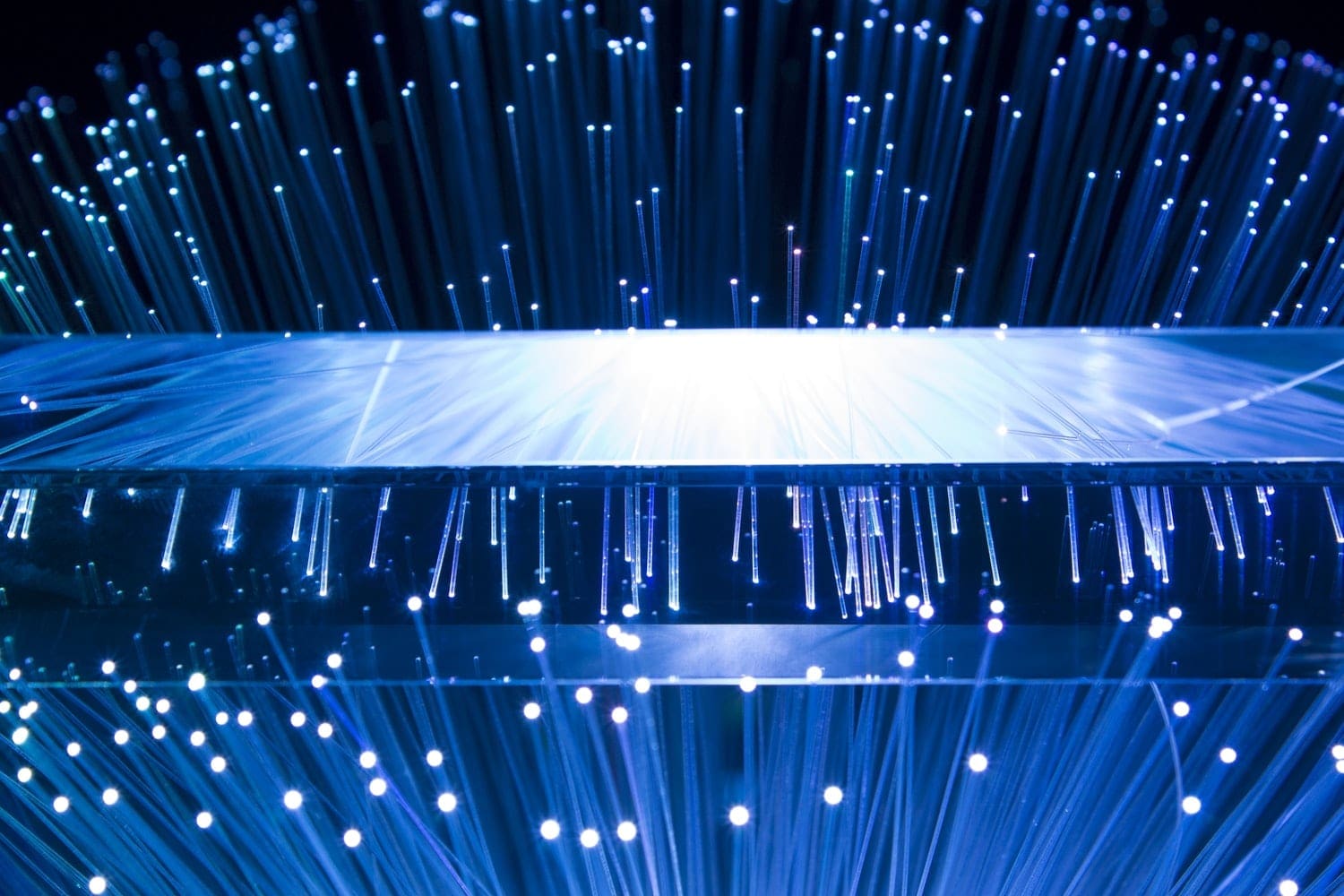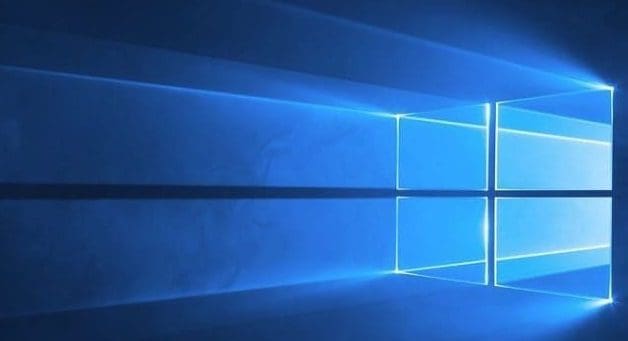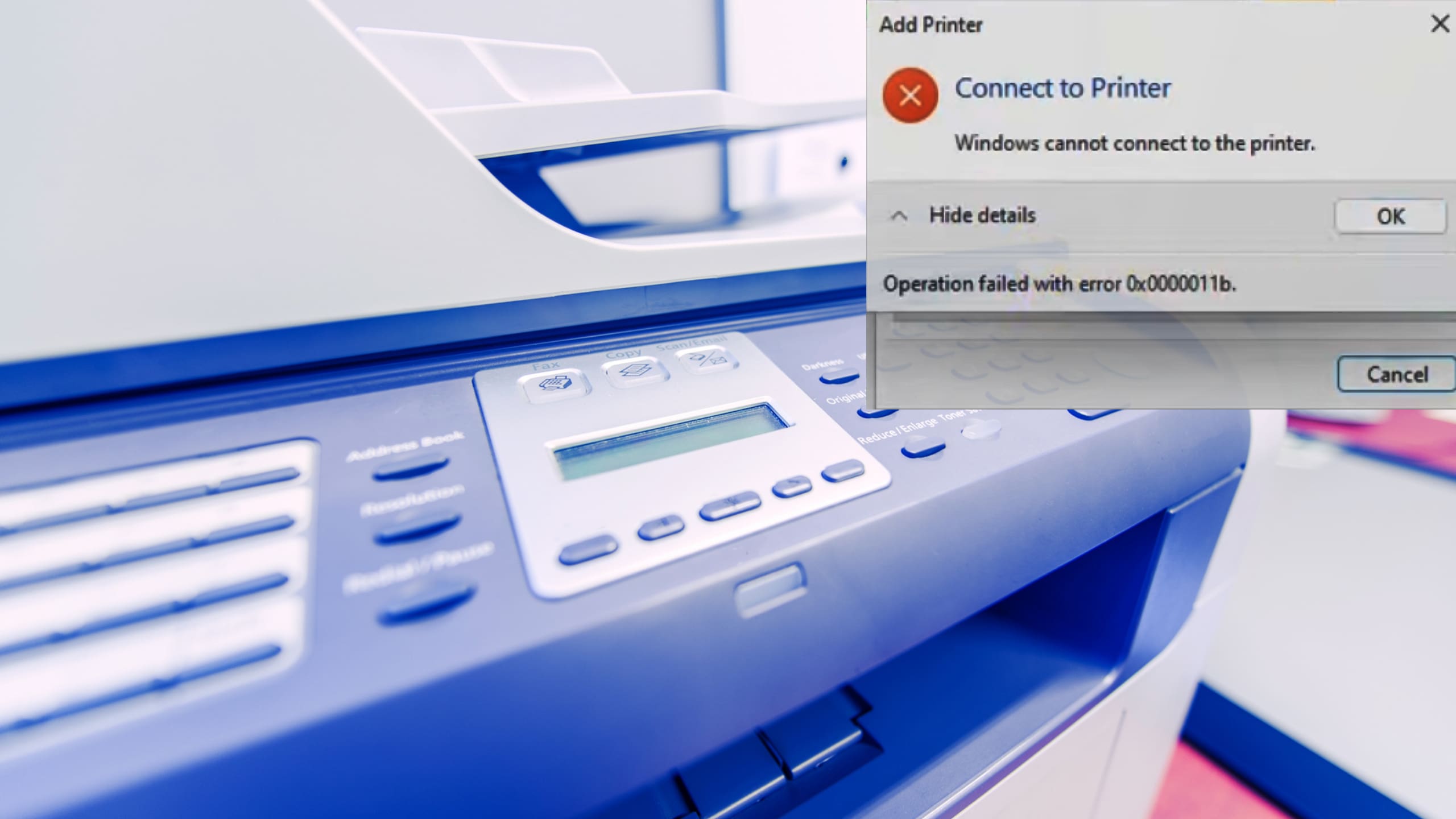Blue light, the light emanating from the screens on our favorite devices, is not exactly healthy for you. This is especially true when you use these devices at night. Blue light tricks the brain into believing that it is daytime. In turn, the brain kicks your body into gear, producing energy. The effect blue light can have on a person’s sleep cycle is debilitating. In addition, blue light can strain important parts of the eye such as the iris and the cornea, straining them. It can lead to headaches and fatigue, severely affecting your ability to perform your necessary duties at work and home.
Unfortunately, many of us cannot afford to shut off our electronic devices at night. Whether you work in the evening, watch television with your kids, or if you text or video chat with your family, we depend on electronic devices – and the blue light they put forth – for everything from work to entertainment. Blue light is a necessary evil, especially if we’re going to continue to keep in touch with our loved ones and colleagues. 2020 is the year of social distancing and also a year when more of our daily lives transition online.
Contents
Can You Adjust Blue Light?
Solutions for consumers wanting to mitigate the effects of blue light have often been cumbersome. Blue light blocking glasses, called blue blockers, are available in department stores and online marketplaces. Blue blockers are excellent at their job, but can often be uncomfortable for people who do not wear glasses to wear for long periods of time while writing or gaming. Similarly, blue light blocking screens that would hook onto computer monitors would often warp parts of the screen and distort the colors.
Major technology companies are starting to respond to consumer demand to do something about blue light. Cell phone companies have long had a Night Mode feature, that warms the screen by diluting the blue light with reddish and orange light. These colors on the spectrum ease the strain on the eyes while looking at screens, especially at night. While Night Modes do not totally mitigate the negative effects of staring at your screen at night., they are a great way to reduce the chance for sleepless nights and headaches if you need to use your cell phone before bed.
Windows 10 Night Mode
Windows 10 recently introduced a Night Mode for PCs, including both desktops and laptops. Night Mode on PC is a massive upgrade, especially for PC gamers, Netflix enthusiasts, and families visiting over dinner on video chat apps like Zoom.
How to Adjust Blue Light in Windows 10
To enable Night Mode on Windows 10 PCs follow these simple instructions.
- First, click the start menu and open Settings. It is the gear icon right above the power icon, where you shut down and restart your computer. The Settings Window is your gateway to customizing, updating, and troubleshooting issues with your Windows 10 PC.
- You have two options for navigating the Settings window: by topic or by keyword search. T
- o enable Night Mode, click on the System icon. It is the first option in the Settings menu.
- You can adjust the brightness of your computer monitor or laptop screen at the top of the page using the scale.
- Underneath the option to adjust the brightness, there is an option for “Night Light.” This is Windows 10 Night Mode option.
- Click to enable it.
Automatic Night Mode Settings
If you do not want to manually turn on the Night Light each evening, you can adjust automatic Night Light settings.
- Click “Night Light Settings.”
- On this menu, you can adjust the strength of the Night Light, i.e. the intensity of the warm colors that are allowed to dilute the blue light.
- You can also set an option that will automatically turn on Night Light at certain times of the evening, as well as shut it off.
Now, you can set up your Windows 10 divice to avoid the frustrating blue light, getting a better night’s sleep with the Windows 10 Night Mode.




